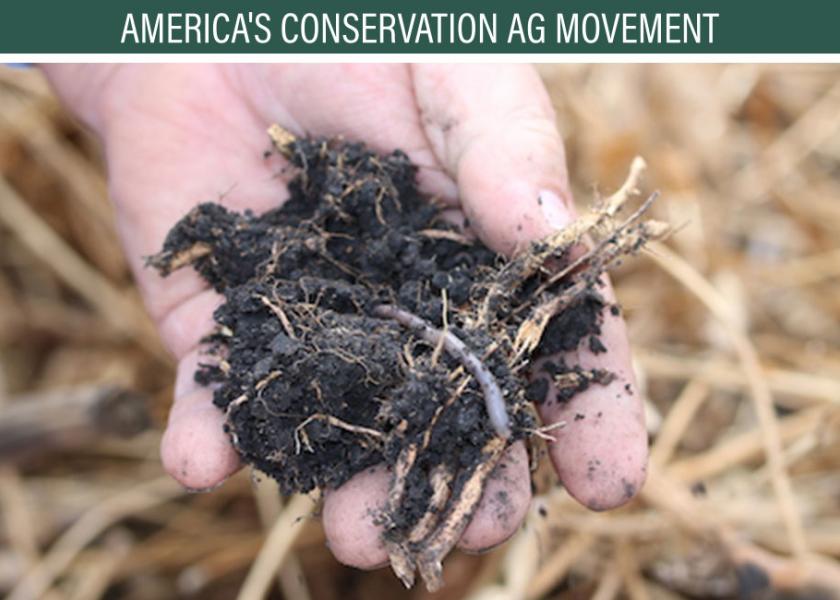Four Ways Conservation Pays

Building trust in food begins with empowering farmers through one of the largest and most diverse conservation- and sustainability-focused public-private partnerships in our nation’s history: America’s Conservation Ag Movement. To find the latest news and resources related to the Movement, visit AgWeb.com/ACAM.
Profitable conservation practices are possible, even with the current topsy-turvy economic environment. But how can you know which practices will deliver a return-on-investment? Start by consulting the data, advises Dallas Glazik, farm bill biologist for Pheasants Forever, Inc. and Quail Forever.
Second, begin isolating areas in fields that contribute to yield loss. “With the growing use of data on farms, this step is getting easier and easier and becomes a matter of adding a budget to a map so you can see which areas in the field make money, waste money or cost money,” he explains.
Glazik shares four common issues he sees in fields that farmers can solve with conservation practices and that deliver dividends.
1. Ponding areas. When water collects and stays in a field for days it can choke out a young corn crop. Most seedlings can tolerate three or four days of flooding but will often succumb to periods longer than seven days, according to Bill Wiebold, University of Missouri Extension agronomist emeritus. Glazik recalls one of his farmer clients had expenses of $536 per acre on a 5-acre wet spot that had turned a profit only once in the previous decade. “He was able to enroll those 5 acres in a CRP wetland program that paid $284 an acre. That amount plus his savings totaled $820 an acre.”
2. Tree Lines and field boundaries. Yield reductions along tree lines are common due to root systems. Glazik advises farmers to offset about 30 feet from a tree line to mitigate yield loss. That step also helps provide habitat for insects and birds, which he says can reduce crop pest populations by up to 30%. “One farmer I work with had a tree line that stopped halfway the length of the field, and his neighbor kept creeping over the property line,” Glazik recalls. “So he installed a prairie strip which offset him from the tree line, placed a buffer between him and the neighbor, and squared up his field more.”
3. End rows. Constant turning from equipment creates compaction and reduces the productivity of these areas. While CRP offers practices that focus on boundaries and end rows, Glazik says that ground cannot be driven on or disturbed during the primary nesting season (April 15 to August 1 for central Illinois). “So, I am working with one producer to grow his own rye cover crop seed along his end rows,” Glazik says. “He will be saving in seed costs while also providing a living root system that will help offset the compaction from equipment turning.”
4. Irregular-shaped fields. Glazik says to square up fields whenever possible. “This is something that greatly helps with driver fatigue, auto-steer applications and can save you around 10% on expenses from removing overlap applications,” he notes. Just 2 acres of overlap can increase seed costs by $250 in a field, based on 2020 prices, says John Nowatzki, North Dakota State University agricultural machine systems specialist.







